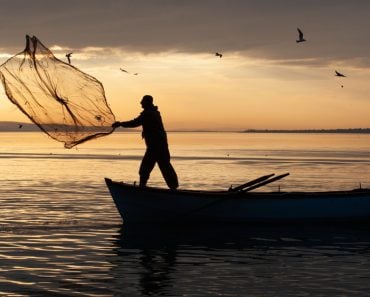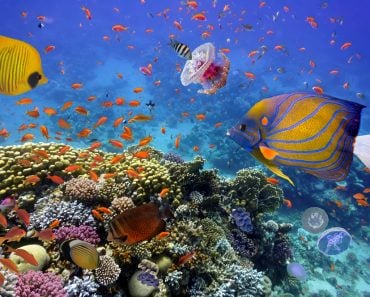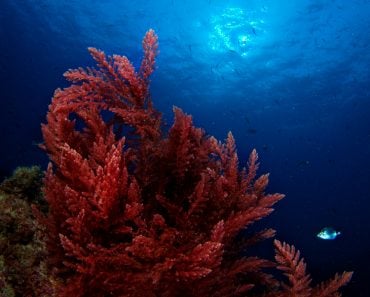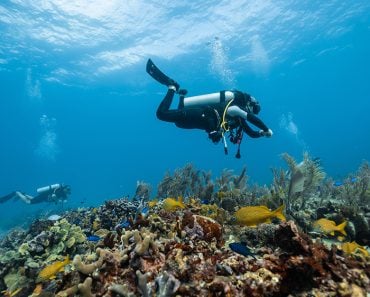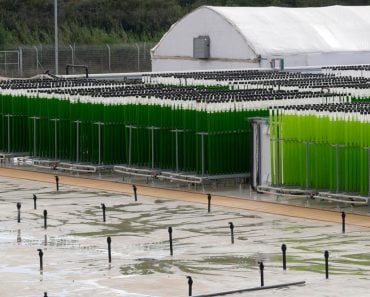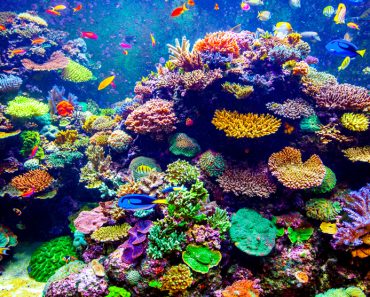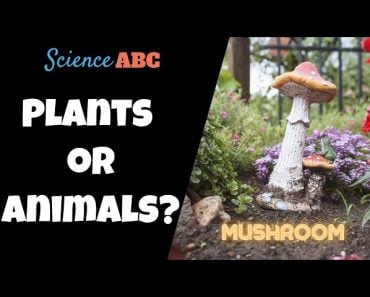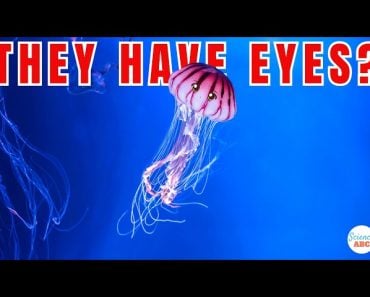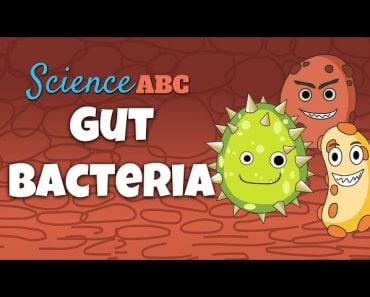Table of Contents (click to expand)
Phytoplankton are a group of microorganisms consisting of about 5,000 known species. They are known as ‘the grasses of the sea’. Most of them are buoyant in nature and float near the surface of the water. The major types of phytoplankton are diatoms, golden-brown algae, blue-green algae, green algae and dinoflagellates. They reside in the euphotic zone of the ocean, which ranges 200 to 300 meters below the surface.
When we think of oxygen sources, the first thing that we think of are plants. However, does the sea or ocean immediately come to mind? No, it usually does not, but what if I told you that one particular inhabitant of the ocean is responsible for 50% of the photosynthesis carried out across the world. That sounds insane, right? This inhabitant isn’t even something that we can see by taking a dive into the ocean; in fact, it can’t be seen with the naked eye. It is microscopic in nature. The organism that I am talking about is phytoplankton.
Recommended Video for you:
What Are Phytoplankton?
Phytoplankton are a group of microorganisms consisting of about 5,000 known species. They are known as ‘the grasses of the sea’. Most of them are buoyant in nature and float near the surface of the water. The major types of phytoplankton are diatoms, golden-brown algae, blue-green algae, green algae and dinoflagellates. They reside in the euphotic zone of the ocean, which ranges 200 to 300 meters below the surface. These microorganisms are abundant in the ocean, but their presence went unnoticed for a long time. After improvements in technology, however, they were finally made visible in the 1970s.
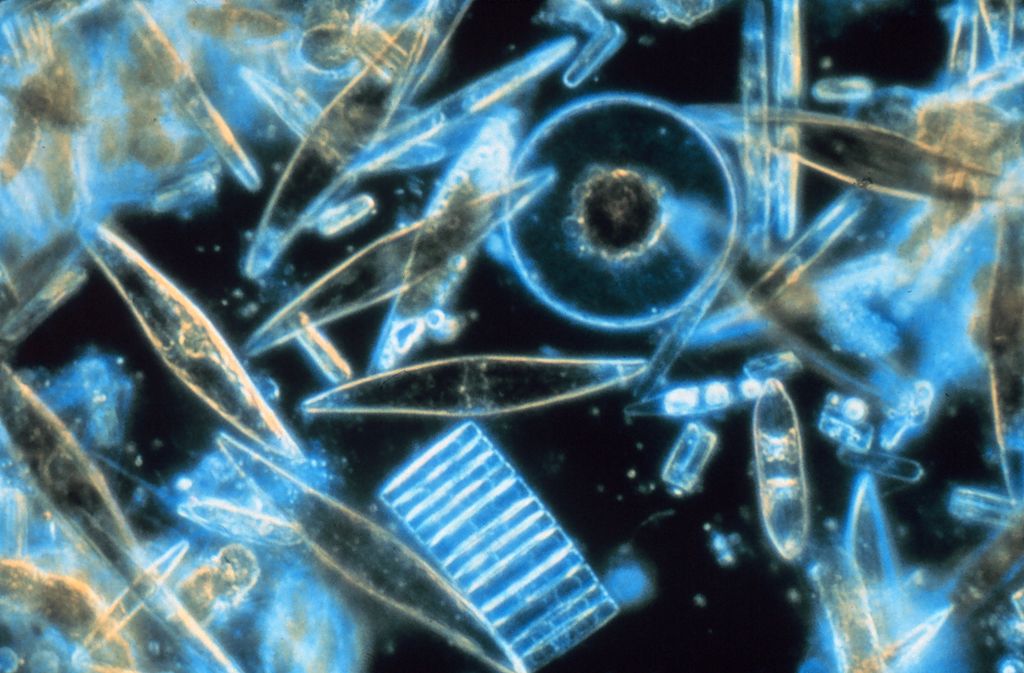
Why Are Phytoplankton Important?
Phytoplankton carry out photosynthesis, using carbon dioxide and water to generate food for themselves, while giving out oxygen as a waste product. This reduces CO2 in the water and allows water to take in more from the atmosphere. This also provides the ocean with organic carbon, making phytoplankton a major factor in the Carbon cycle. The carbon is transferred to other levels of the ocean after being eaten by various sea creatures. The rest goes to the bottom of the ocean after the phytoplankton die. This system of phytoplankton helps to transfer 10 gigatons of carbon to the deep ocean every year, which greatly helps to keep the climate system in check.
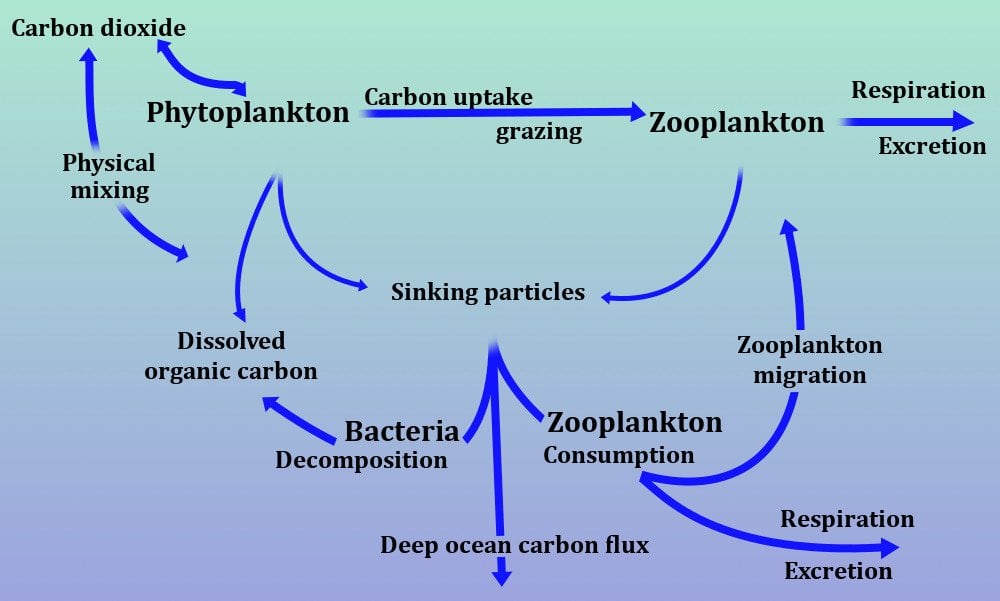
The group is even important to the biogeochemical cycle. Through this cycle, a chemical substance moves through the biotic and abiotic cycle. Phytoplankton take up many elements from the ocean, which they transform and recycle so that other organisms can take them. One such substance is vitamins. The ocean is nutrient poor, so Phytoplankton take up vitamins and micronutrients that help other marine life.
Phytoplankton is also the foundation of almost all food cycles in the ocean. A number of sea creatures like krill, shrimp and jellyfish feed on them, which in turn become food for crustaceans and fish. In addition, we all know that those two are major parts of our own diet. Even larger organisms, such as whales and turtles, include phytoplankton as a part of their diet – sometimes a major part! This clearly indicates that the survival of major food chains is linked to the presence of phytoplankton.
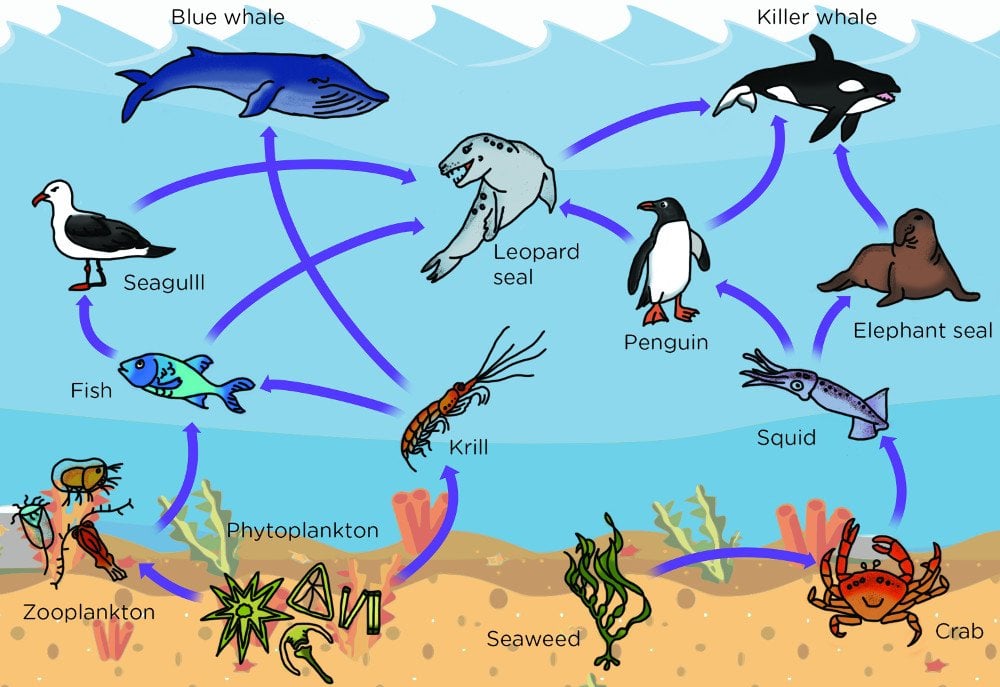
Do They Cause Any Problems?
After finishing their nutrients, phytoplankton die and begin decomposing. This leads to the loss of oxygen in the surrounding regions. The levels of oxygen drop and affect marine life. Such oxygen-depleted areas are called ‘dead zones’. Animals in the region die or move to areas that are more suitable for life.
Some phytoplankton even produce toxins that can be lethal to marine life and even humans if the growth occurs in coastal areas. Fortunately, few types of phytoplankton form Harmful Algal Blooms (HABs). These blooms cause respiratory problems for animals due to extreme oxygen depletion. Seafood, restaurant and tourism industries face an $82 million loss annually due to HABs.
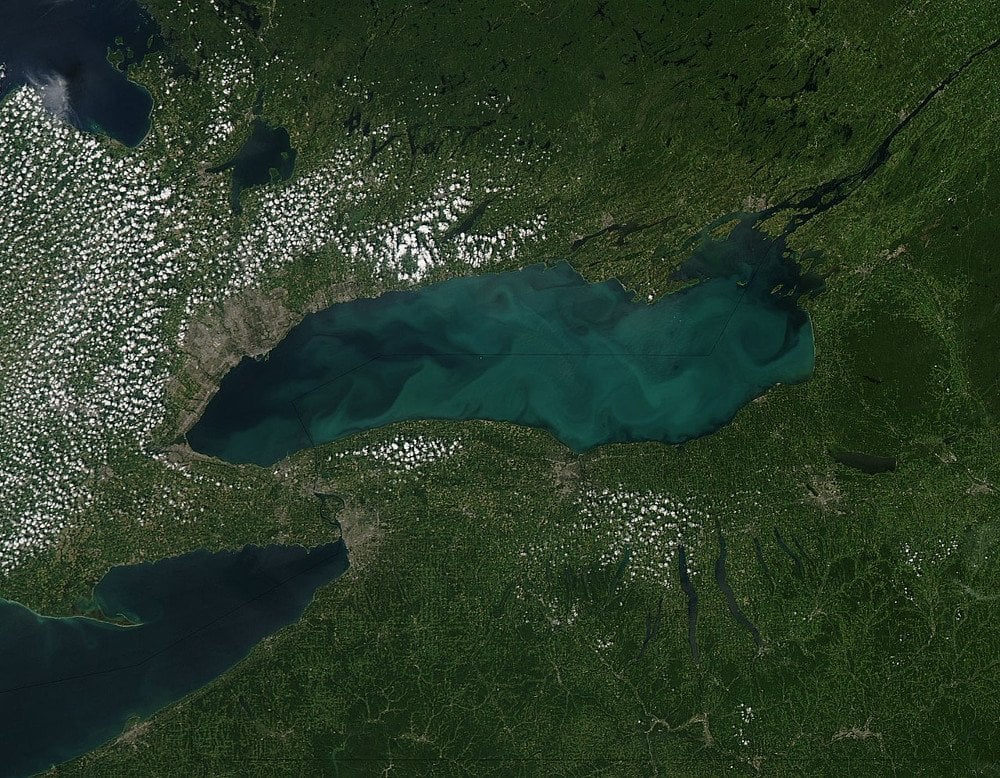
It is obvious that Phytoplankton are necessary for the survival of life as we know it. From climate cycles to food cycles, they are at the foundation of everything. It’s funny how highly developed organisms, including humans, are so dependent on single-celled organisms floating blindly in the vast ocean!

